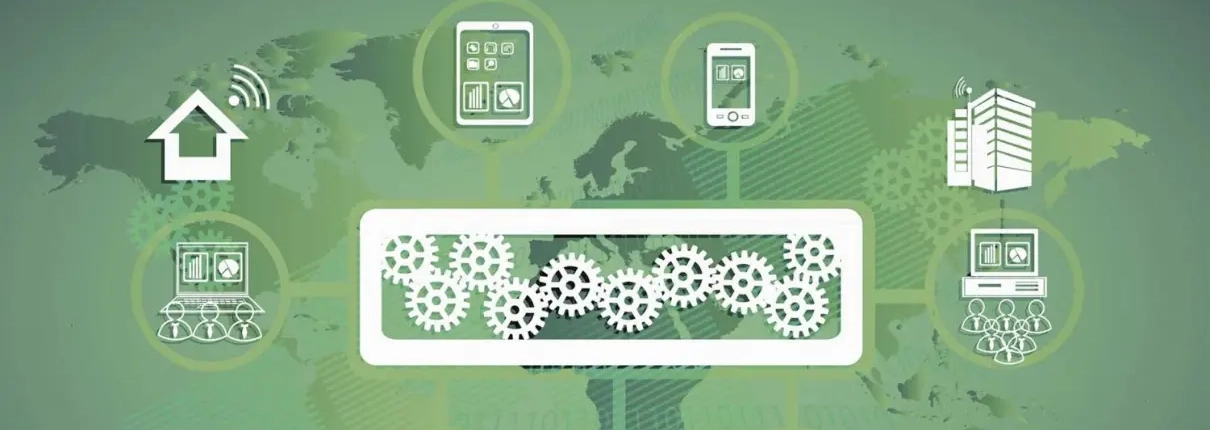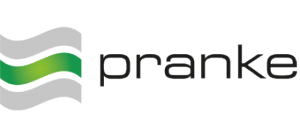EAI (Enterprise Application Integration) Software

eBiss is the only partner-oriented and fully integrable EDI and EAI (Enterprise Application Integration) software for B2B and A2A integration.
Map internal processes:
eBiss also serves as a “data hub” – many companies use it for application integration between ERP, enterprise resource planning, logistics or financial accounting. With the use of the software, processes can be automated quickly and still be customized. It can therefore be used as a data hub between a customer’s various applications. With the elimination of many individual interfaces, a fully integrated IT landscape is created in each case.
Enterprise Application Integration (EAI) – What is that?
The term EAI (Enterprise Application Integration) refers to the automated integration of IT systems within a company.
EAI therefore helps to exchange data between the company’s own systems. The integration of EDI software eliminates the need for manual data maintenance by employees, which in turn saves time, resources and therefore enormous costs. One also speaks of an IT infrastructure in the form of middleware.
What is EAI software for?
In order to connect the multitude of different IT systems as well as the most diverse interfaces with each other, there is the EAI software approach.
This EAI software connects the most diverse systems such as: ERP, CRM, DMS PIM, FIBU or even shop systems trouble-free with each other, thanks to the broad interface support.
EAI also serves, for example, as the basis for IT coupling after mergers. Previously separate IT systems must be merged or integrated. EAI enables a step-by-step approach during ongoing business operations.
Connection of an EAI solution – application interfaces:
What are the advantages of EAI (Enterprise Application Integration) software?
EAI saves costs and is efficient! This is achieved through consistently high data quality and the avoidance of human errors (electronic processing).
EAI and EDI – What is the difference?
EDI is more often used for data exchange and integration with other companies. The focus is therefore on the exchange of business documents between so-called trading partners, while EAI is usually used for “internal” purposes. EAI software thus links applications within a company in order to simplify and automate business processes as much as possible.
Phases of integration:
